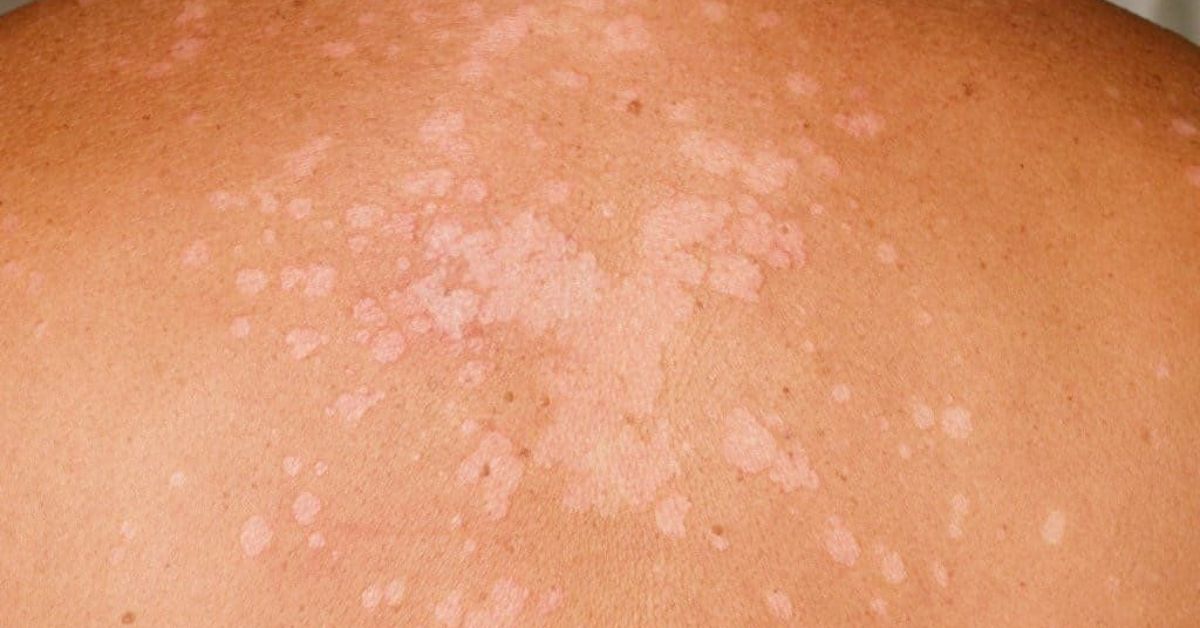Sunscreen is always known as one of the must-have products for beauty enthusiasts. However, not everyone knows how to apply sunscreen effectively. Therefore, in the following sharing, this article refers to the advice of Cao Thi Ngoc Diep Ha, MD, Specialist Level 1, a dermatologist at the 19 – 8 Hospital of the Ministry of Public Security.
Why is applying sunscreen important?
Nowadays, sunscreen is always in the bag of most people, considered a “constant companion” due to its role in protecting the skin from the negative effects of UV rays from sunlight.
UV rays are not only the leading cause of darkening and pigmentation of the skin but also a direct threat to overall skin health. They can lead to premature aging of the skin, wrinkles, or even skin cancer, regardless of age. Therefore, applying sunscreen daily, even indoors or in rainy weather, is essential.

Sunscreen helps protect your skin from UV rays
How much sunscreen to apply?
According to experts, knowing how to apply sunscreen effectively is not enough; you also need to know how much to apply. The recommended amount is about 2 mg of sunscreen per cm2 of skin, equivalent to 1/2 teaspoon for the face and neck.
If you apply too little, your skin will not be adequately protected. On the contrary, applying too much does not enhance the effectiveness of sun protection and can sometimes create a heavy, uncomfortable feeling.
How to Apply Sunscreen Effectively
To use sunscreen effectively, users need to know how to apply sunscreen effectively:
- Remember to apply sunscreen before your skin is directly exposed to sunlight: This is to allow the sunscreen ingredients to take effect and give the skin time to absorb most of the sunscreen before being protected. Apply sunscreen 20-30 minutes before going outside.
- An effective and efficient way to apply sunscreen is to dot small points on the face: Applying sunscreen in this way helps the skin absorb the product easily and provides even coverage.
- Then, gently spread the sunscreen dots with small circular motions by hand, possibly combined with light tapping and evenly spreading it across the face: Using this method will create an effective protective layer without leaving a white residue on the skin.
It is worth noting that people often forget to apply sunscreen to areas such as the neck, back of the hands, tops of the feet, and the ear area, making the skin in these areas prone to aging and wrinkles. You can use spray sunscreen for these hard-to-reach areas.
Moreover, you should clean your face before applying sunscreen or any skincare products. At this time, the pores are more open, allowing the skin to absorb nutrients more effectively.

You should apply sunscreen before exposure to sunlight
When to Use Sunscreen?
According to experts, sunscreen should be used last in your daily skincare routine. Remember to reapply sunscreen every 2-3 hours. Additionally, in cases where you have engaged in sports or sweated a lot, reapply sunscreen to ensure optimal skin protection.

You should use sunscreen after your skincare routine
Using sunscreen for the skin is a crucial and necessary step in skincare that you cannot overlook. Knowing how to apply sunscreen effectively will help protect your skin thoroughly and prevent harmful UV rays from sunlight.
Kiểm Duyệt Nội Dung
More than 10 years of marketing communications experience in the medical and health field.
Successfully deployed marketing communication activities, content development and social networking channels for hospital partners, clinics, doctors and medical professionals across the country.
More than 6 years of experience in organizing and producing leading prestigious medical programs in Vietnam, in collaboration with Ho Chi Minh City Television (HTV). Typical programs include Nhật Ký Blouse Trắng, Bác Sĩ Nói Gì, Alo Bác Sĩ Nghe, Nhật Ký Hạnh Phúc, Vui Khỏe Cùng Con, Bác Sỹ Mẹ, v.v.
Comprehensive cooperation with hundreds of hospitals and clinics, thousands of doctors and medical experts to join hands in building a medical content and service platform on the Doctor Network application.


























